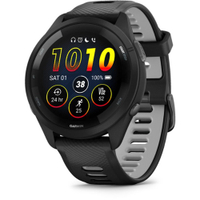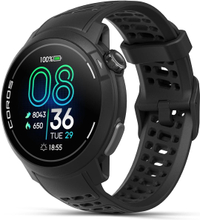I raced a 10K with the Coros Pace Pro vs Garmin Forerunner 265 — here’s the winner
Two top sports watches put to the 10K test
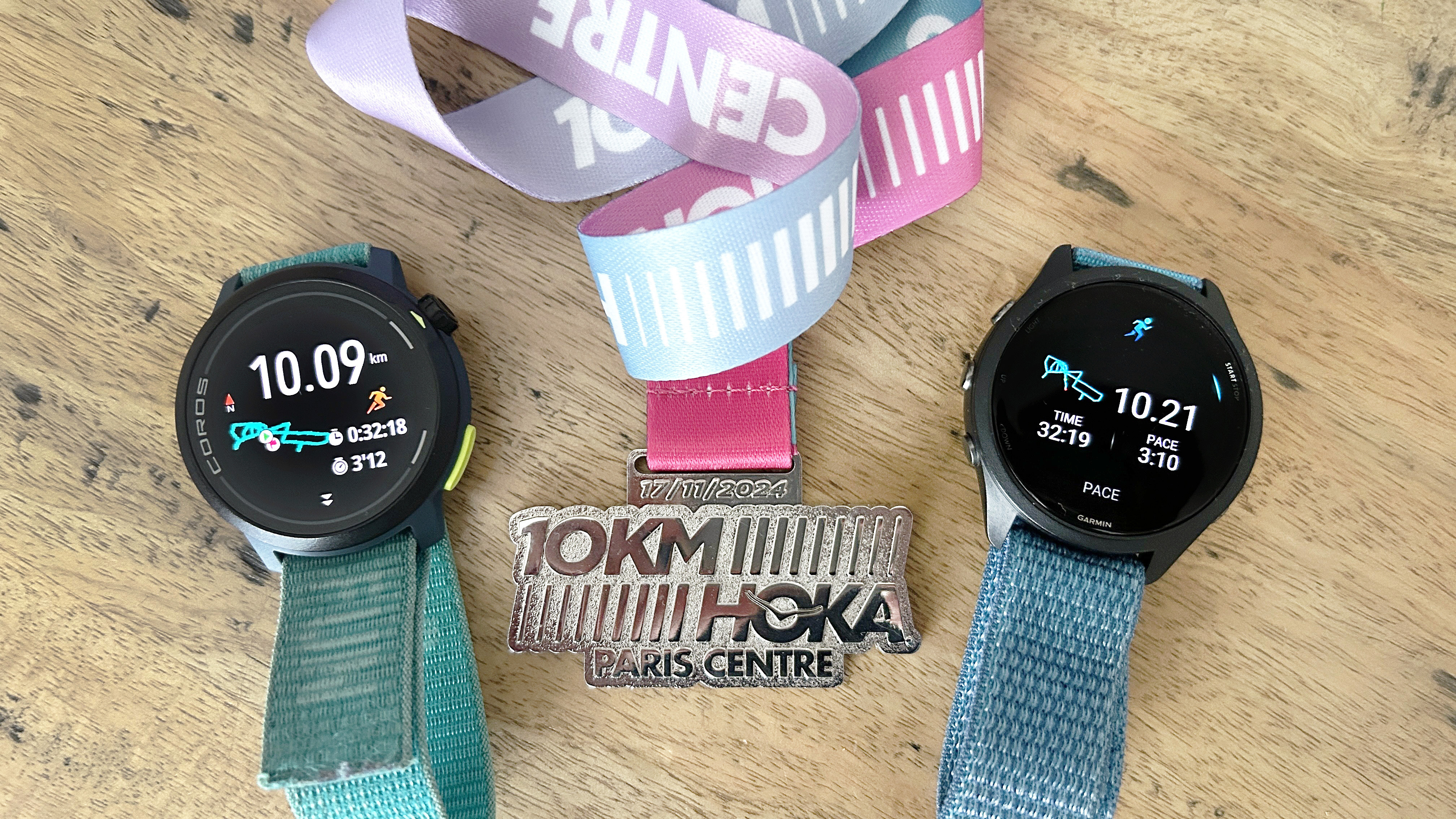
The Garmin Forerunner 265 has been one of the best running watches available since it launched in 2023, but it now faces stiffer competition than ever thanks to the release of the Coros Pace Pro last month.
Like the Forerunner 265, the Coros Pace Pro is a lightweight AMOLED watch that offers reliable tracking and useful training analysis, and right now both are the same price of $349 thanks to a Black Friday discount on the Forerunner 265, which is usually $449.
This is the cheapest I’ve ever seen the Garmin Forerunner 265, with both the 42mm and 46mm models of the watch reduced by $100 on Amazon. The Forerunner 265 the best Garmin watch for most people, offering excellent sports tracking and training analysis plus music storage in an attractive and lightweight watch with an AMOLED screen.
Coros Pace Pro: for $349 @ Amazon
The Coros Pace Pro is the first Coros watch with an AMOLED display. It also features offline maps, a faster processor, and improved GPS chipset. It supports the same wide range of sports modes as other Coros models, as well as the same training analysis, which includes a breakdown of your training load, race predictions, and a VO2 max estimate.
Both the Pace Pro and the Forerunner 265 should be near the top of the list for runners to consider when buying a new watch, so I’ve been testing them at the same time to see which is the better watch. As part of that test I wore both for the Hoka Paris Centre 10K to check their GPS accuracy on a twisting city course, while comparing their heart rate tracking with that of the reliable Polar Verity Sense armband monitor. Here’s what happened.
GPS Accuracy
The Hoka Paris Centre 10K lives up to its name by sticking to the center of Paris for the whole route, which means a lot of twists and turns under tall buildings. That makes GPS tracking very difficult, but both the Pace Pro and Forerunner 265 produced quite accurate tracks, thanks to the dual-band GPS mode available on both.
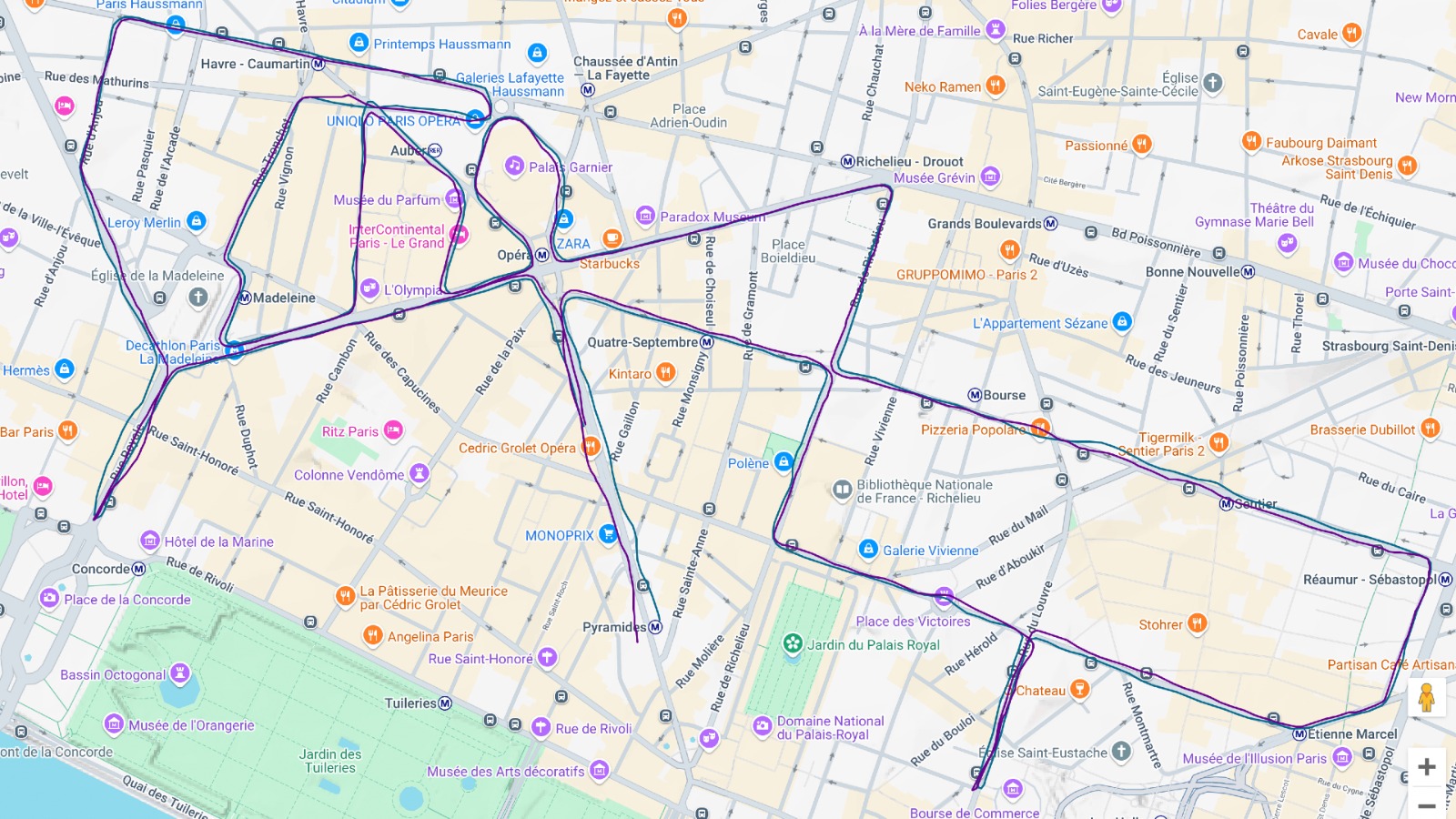
Both watches finished with a distance over 10K, which you would expect in any race, since the measured course usually takes a tight route around corners whereas runners normally have to go wider or weave around people. This is particularly true when taking U-turns, which there were a few of in the Paris 10K.
However, the Coros Pace Pro was closer to 10K overall, and throughout the race I noticed its lap alerts were closer to the markers on the course than the Garmin Forerunner 265’s. Both gave useful lap pace information, but the Pace Pro was better overall on GPS.
HR Accuracy
To check heart rate accuracy I carried a Garmin Forerunner 965 in my pocket linked up to the Polar Verity Sense armband, which has been reliably accurate for me throughout years of testing.
Sign up to get the BEST of Tom's Guide direct to your inbox.
Get instant access to breaking news, the hottest reviews, great deals and helpful tips.
It was a cold day in Paris, which can negatively affect the accuracy of the optical heart rate sensors in watches, and both had moments where they misread my heart rate. The Forerunner 265 had too low a reading for long stretches, while the Pace Pro’s reading was too high at the start and end of the race.
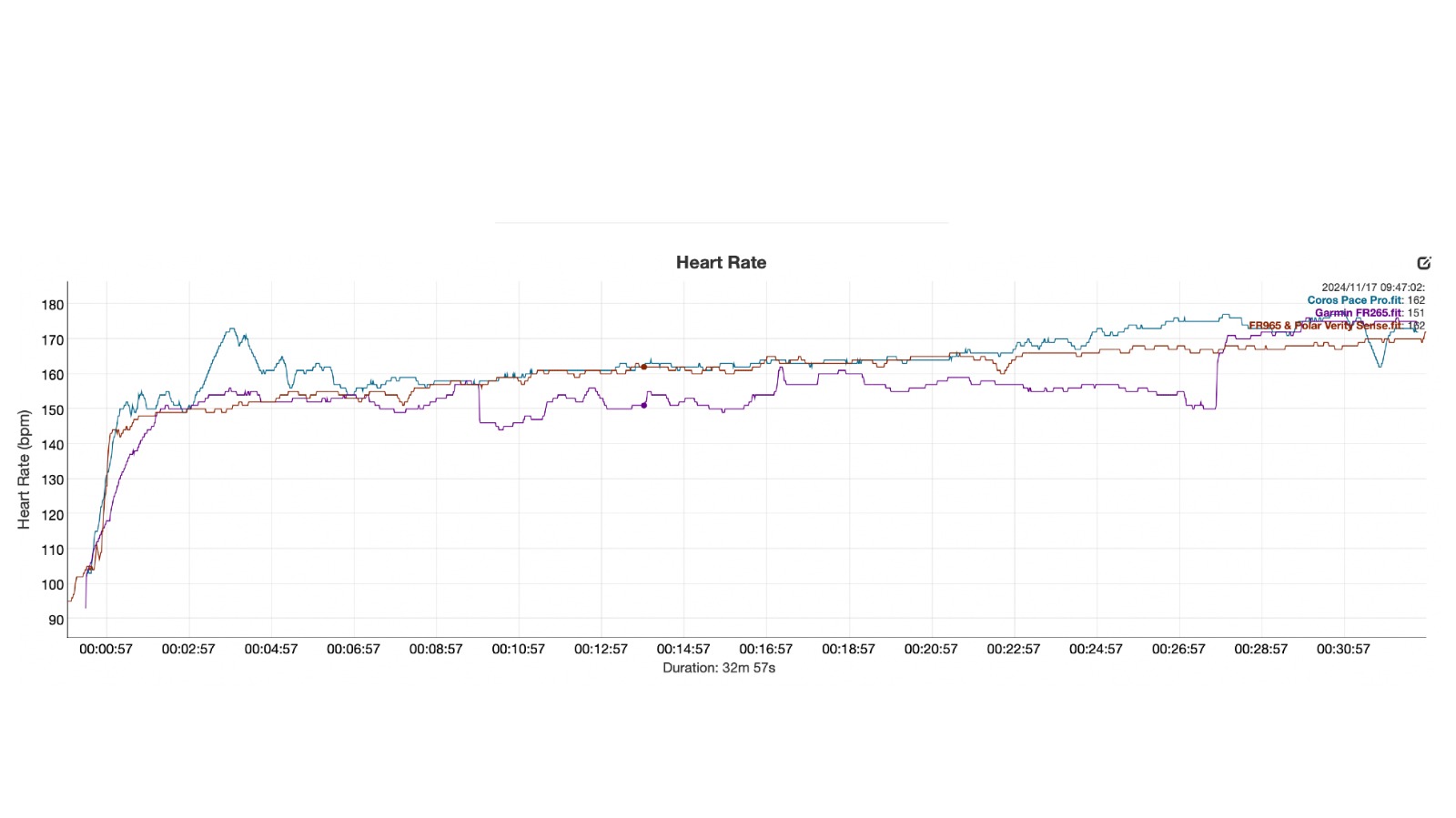
The overall average and max heart rate recorded by both watches wasn’t bad though, and neither was drastically wrong for the whole race. The long stretch in the middle of the race where the Pace Pro was more in line with the Verity Sense made it more useful for judging my effort in that stretch, but in truth if I was running to heart rate I’d still opt for an external sensor like the Polar armband myself.
Battery Life
The weekend trip to Paris was a good chance to test the battery life on the watches, and it’s fair to say the Coros Pace Pro was a clear winner here. I charged both watches to 100% on Thursday and by the time I got back to London on Sunday the Coros was at 52% and the Garmin 23%.
I had the display set to always-on with both watches, and the GPS tracking set to the most accurate, and power intensive, dual-band mode on both. Along with the race I did a 90-minute long run on Friday and a shorter shakeout run on Saturday.
There is one setting that means the Coros uses less battery, which is that by default it takes heart rate readings every 10 minutes outside of workouts, whereas the Garmin has continuous HR tracking 24/7, so the Pace Pro drained more slowly outside my runs. It does offer longer GPS battery life too though, at 24 hours of dual-band compared with 14 hours on the Garmin.
Verdict
It was a good weekend for the Coros Pace Pro, which also has the advantage of offline maps, which helped me navigate around Paris on my runs outside the race. The Forerunner 265 is still a very accurate and impressive watch itself, of course, and has more smart features than the Coros including the ability to link up with music streaming services, plus better training analysis in my opinion.
Both look to be top options for runners, and better value than the most expensive Garmin and Coros watches, which do offer hardier designs with metal cases and longer battery life, but are not upgrades on the Pace Pro and Forerunner 265 for accuracy in sports tracking in my experience.
More from Tom's Guide

Nick Harris-Fry is an experienced health and fitness journalist, writing professionally since 2012. He spent nine years working on the Coach magazine and website before moving to the fitness team at Tom’s Guide in 2024. Nick is a keen runner and also the founder of YouTube channel The Run Testers, which specialises in reviewing running shoes, watches, headphones and other gear.
Nick ran his first marathon in 2016 after six weeks of training for a magazine feature and subsequently became obsessed with the sport. He now has PBs of 2hr 27min for the marathon and 15min 30sec for 5K, and has run 13 marathons in total, as well as a 50-mile ultramarathon. Nick is also a qualified Run Leader in the UK.
Nick is an established expert in the health and fitness area and along with writing for many publications, including Live Science, Expert Reviews, Wareable, Coach and Get Sweat Go, he has been quoted on The Guardian and The Independent.
